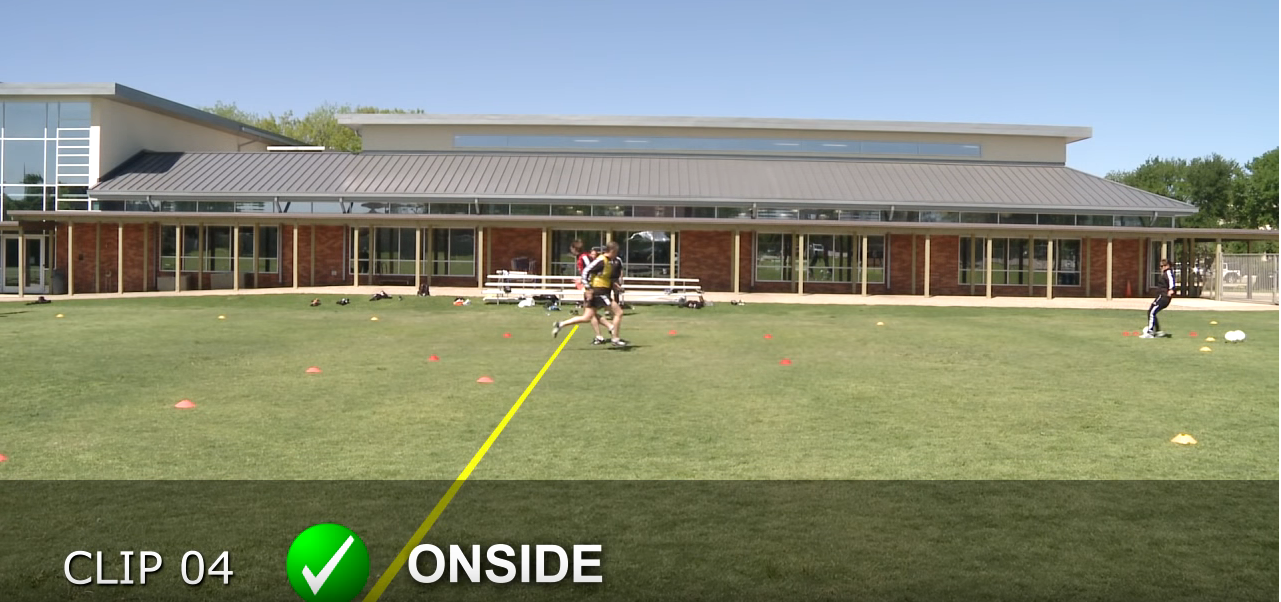PinnerPaul
RefChat Addict
Just seen a video on BBC. Sian Massey helping a 'development referee' who attended a course with her.
Near the end Sian tells the 'new' referee that she looks at the feet when judging offsides. She qualifies this by saying 'Its often the trailing foot that plays an attacker on side'
Anyone else heard this advice/tip?
Near the end Sian tells the 'new' referee that she looks at the feet when judging offsides. She qualifies this by saying 'Its often the trailing foot that plays an attacker on side'
Anyone else heard this advice/tip?





